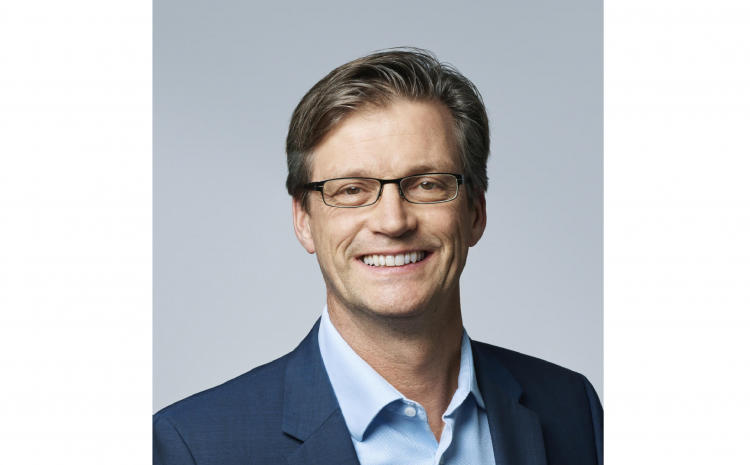PETER GILHEANY MEMORIAL LECTURE – VITAL PULP THERAPY FOR PERMANENT TEETH: CURRENT GUIDELINES FOR CLINICAL PRACTICE

Professor Ove Peters
DMD (Univ. Kiel), MS (UCSF), PhD (med dent habil Univ. Zurich)
Lecturer’s Biography
Professor Ove A. Peters is the Discipline Lead, Professor of Endodontics, and the Convener of Postgraduate Courses (DClinDent) at the University of Queensland, School of Dentistry. Previously he held faculty positions in Heidelberg, Germany and Zurich, Switzerland, as well as at the University of California and the University of the Pacific, both in San Francisco, USA. He received his postgraduate education in endodontics at the University of Zurich and University of California San Francisco (UCSF) and is certified as a Diplomate of the American Board of Endodontics. He was the founding director of the postgraduate endodontic program at the Arthur A. Dugoni School of Dentistry in San Francisco, a professor with tenure and the Chair of the Department of Endodontics at that school.
Professor Peters has wide-ranging research expertise and has published more than 180 manuscripts related to endodontic technology and biology. He has authored two books, contributed to several leading textbooks and is an associate editor for the International Endodontic Journal. He is also an academic editor for PLOS One and serves on the review panels of multiple other journals. Professor Peters has received, among other awards, the Hans Genet Award of the European Society of Endodontology and the Louis I. Grossman Award of the American Association of Endodontists. He is a member of Omicron Kappa Upsilon (OKU) as well as a Fellow of the International and American Colleges of Dentistry.
Lecture Synopsis
When dealing with the inflamed pulp, endodontics offers treatment modalities beyond root canal treatment. Indeed, preservation of pulpal vitality has become a predictable treatment option, even in symptomatic cases. This is probably due to better understanding of the caries process, its microbiology and inflammatory mechanisms of the pulp. Recent guidelines describe procedures for the diagnosis of pulpal conditions and outline procedures for the management of exposed pulp tissue.
This presentation will review the evidence supporting this paradigm shift and detail the clinical approach involved in vital pulp therapy, including radiographic evaluation, case selection, pulp sensibility testing and haemorrhage control. The advantages of various bioactive materials (i.e., calcium silicate cements) will also be assessed, as they have been shown to lead to predictable hard tissue repair in direct pulp capping, partial and full pulpotomy procedures. Conceivably, the best root canal treatment is the one that is not needed. There are more reasons to maintain pulp viability. To this end, vital pulp therapy will be compared to the current status of pulp regeneration, another treatment option that could be viewed as minimally invasive.
In conclusion, participants will be able to:
– Describe current guidelines for vital pulp therapy
– Selected appropriate materials and technique for pulpotomies and direct pulp caps
– Appreciate the evidence supporting clinical procedures
Lecture Pre-Reading
Ricucci D, Siqueira Jr JF, Li Y, Tay FR. Vital pulp therapy: histopathology and histobacteriology-based guidelines to treat teeth with deep caries and pulp exposure. Journal of dentistry. 2019 Jul 1;86:41-52.
Wolters WJ, Duncan HF, Tomson PL, Karim IE, McKenna G, Dorri M, Stangvaltaite L, Van Der Sluis LW. Minimally invasive endodontics: a new diagnostic system for assessing pulpitis and subsequent treatment needs. Int Endod J. 2017 Sep 1;50(9):825-9.


